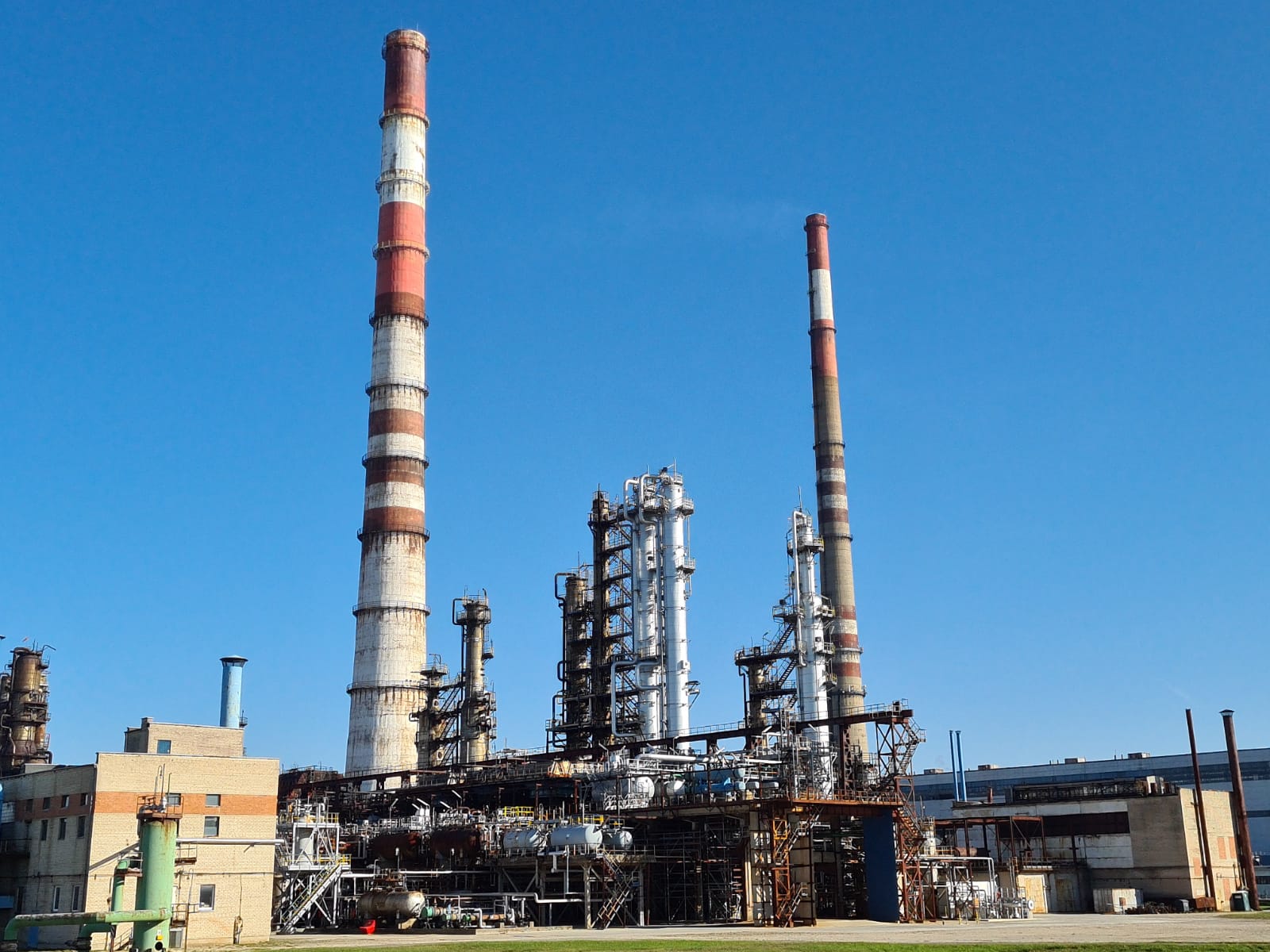E-fuels are becoming increasingly attractive to the fuel industry. Not all locations are optimal for the production of this type of hydrocarbons. Some refineries have the best conditions, like the Polish Możejki refinery in Lithuania – writes Maria Szurowska, contributor to BiznesAlert.pl.
The „Fit for 55” package makes synthetic fuel production more and more attractive. On the one hand, the negotiators of the European Parliament and the Council agreed to increase the use of biofuels and hydrogen in the aviation sector; on the other, a way was opened for the production of cars powered by synthetic fuels after 2035.
The agreement between EU member states is only temporary and will need the support of the European Parliament before becoming a law. Talks to finalise the text are due to take place after the summer break.
Green business in the refinery
FuelsEurope, a lobby group representing the oil refining industry, welcomed the new opportunities. FuelsEurope’s members include major oil companies such as Shell, TotalEnergies, BP and ENI, as well as global chemical company Ineos and other brands such as Repsol, Orlen and Tamoil. These companies are extremely interested in producing synthetic fuels. Despite the low sales of e-fuels at the moment, the fuel industry is optimistic about the future usefulness of the product.
„Can we meet the standard of climate neutral fuels on a large scale, supplied only for new vehicles? We’ve already done our homework to show that we definitely can. The potential to scale up the production of sustainable, modern biofuels and synthetic fuels is very significant,” said John Cooper, Director General of FuelsEurope.
The refineries are getting ready. One example is Germany’s largest refinery, Karlsruhe, which plans to add synthetic fuels to its current product portfolio.
The regional government of Baden-Württemberg has announced a EUR 500 million pilot project to produce fuels based on renewables or biomass and waste. The production target is 50,000 tons of synthetic fuel per year (the refinery produces 5 million tons of gasoline per year). The Karlsruhe plant currently uses mineral oil transported by pipeline from the Italian port of Trieste.
Coast is best
Researchers Heather Willauer and Dennis Hardy wrote in the 2020 peer-reviewed journal Future Energy that synthetic fuel production was synonymous with the production of a liquid fuel from a mixture of CO and H2 (syngas). Syngas is usually obtained from non-renewable fossil sources such as coal and natural gas.
Currently, the term synthetic fuels is understood as sustainably produced syngas. The name E-Fuels sounds modern, innovative and is short for „electrofuels” -e-fuels are produced artificially using electricity.
The process is simple: the e-fuel is poured like regular gasoline at the distributor. However, electricity is needed for the production process. If it is green electricity from solar and wind sources, e-fuels can essentially be considered renewable energy. Water and electricity are used in a multi-step process to produce hydrogen and oxygen, and then, combined with carbon dioxide (CO2), synthetic hydrocarbons, or e-fuels.
It starts with the electricity generated by the RES driving the electrolyser, which decomposes water into oxygen and hydrogen. When hydrogen is combined with CO2 captured from the atmosphere, gasoline is created in a multi-step process.
The advantage of e-fuels is that during combustion, only CO2 is released, which was previously taken from the atmosphere. Another advantage is that the existing infrastructure – pipelines, ships, tankers, fuel stations – can remain in use without any changes. This saves significant costs, which would be huge, for example, in the case of the development of hydrogen infrastructure.
E-fuel production requires water, a huge amount of electricity and existing infrastructure: so it is best to produce it in existing offshore refineries with high potential for offshore wind energy.
Looking at the map of the European Union, there are many places where refineries meet the sea, but in order for the place to be really ideal, additional conditions must be met: the energy obtained at sea must be available only to the refinery. These facilities cannot be located in coastal areas where there are many residents and the industry must share the energy from offshore wind turbines with other plants and surrounding residents. In this case, the entire Mediterranean coast, the North Sea and refineries in the British Isles lose their attractiveness.
The northern coast of France, where the Donges Totala refinery is located, may have potential. However, given that the potential of offshore wind energy becomes significant only with the use of wind turbines with floating foundations, and there are a lot of industrial plants around, this is not yet the right stage.
Pearl in the crown
The ideal location is the coast of Lithuania, Latvia and Estonia, where the potential of offshore wind energy is very large, and consumption is low: there are relatively few people living there, and there aren’t many industrial facilities.
Today, German companies are looking at the Baltic coast with a hungry eye. They want to produce hydrogen there and transport it by pipeline to Germany. However, Orlen has an advantage in the form of the refinery in Mažeikiai with ready infrastructure.
Already in February, representatives of Orlen loudly spoke about the desire to produce synthetic fuels in Mažeikiai . With each announcement of the next possible application of e-fuel after 2035, the business begins to look more and more attractive. However, it is important to go where the wind is blowing.









